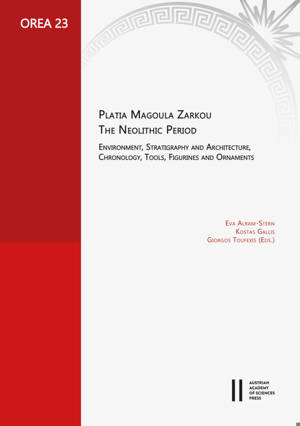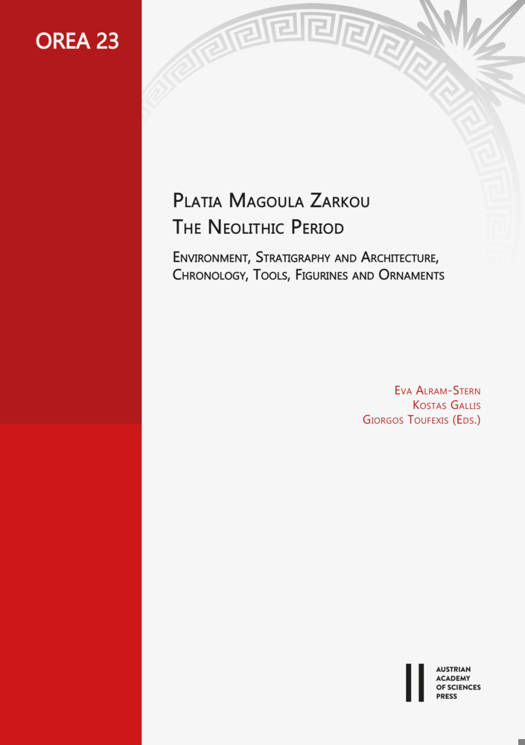
Je cadeautjes zeker op tijd in huis hebben voor de feestdagen? Kom langs in onze winkels en vind het perfecte geschenk!
- Afhalen na 1 uur in een winkel met voorraad
- Gratis thuislevering in België vanaf € 30
- Ruim aanbod met 7 miljoen producten
Je cadeautjes zeker op tijd in huis hebben voor de feestdagen? Kom langs in onze winkels en vind het perfecte geschenk!
- Afhalen na 1 uur in een winkel met voorraad
- Gratis thuislevering in België vanaf € 30
- Ruim aanbod met 7 miljoen producten
Zoeken
Platia Magoula Zarkou. the Neolithic Period
Environment, Stratigraphy and Architecture, Chronology, Tools, Figurines and Ornaments
€ 279,95
+ 559 punten
Omschrijving
The publication presents the excavation of the Neolithic settlement strata of the tell Platia Magoula Zarkou, situated in the Peneios Plain in Western Thessaly (Greece). The tell is characterized by an uninterrupted settlement sequence which, according to the radiocarbon data, dates to the 6th millennium BC and includes the Middle Neolithic and early Late Neolithic of Greece. Geological and geophysical analyses situate the tell in its natural environment. They show that during the Neolithic period, this part of the Peneios Valley was characterized by a temporary lake, the settlement being situated on the bank of a narrow gulf. The tell was surrounded by ditches which clearly defined the settlement area. Based on the stratigraphy and building development, the radiocarbon data, the tools, the ritual objects - including the well-known house model - as well as the ornaments, the cultural development and change during this period are analysed. The nine building phases show an alternation of built and unbuilt areas. Clear change is seen in the character of the finds from the late Middle Neolithic onwards, which inter alia is evident in the use of raw materials as well as the connected acquisition network. The house model is interpreted as a symbol of a buried household, the figurines as its inhabitants, being characterized by special roles in this household.
Specificaties
Betrokkenen
- Uitgeverij:
Inhoud
- Aantal bladzijden:
- 728
- Taal:
- Engels
- Reeks:
- Reeksnummer:
- nr. 23
Eigenschappen
- Productcode (EAN):
- 9783700190363
- Verschijningsdatum:
- 3/10/2022
- Uitvoering:
- Hardcover
- Formaat:
- Genaaid
- Afmetingen:
- 214 mm x 54 mm
- Gewicht:
- 7116 g

Alleen bij Standaard Boekhandel
+ 559 punten op je klantenkaart van Standaard Boekhandel
Beoordelingen
We publiceren alleen reviews die voldoen aan de voorwaarden voor reviews. Bekijk onze voorwaarden voor reviews.








